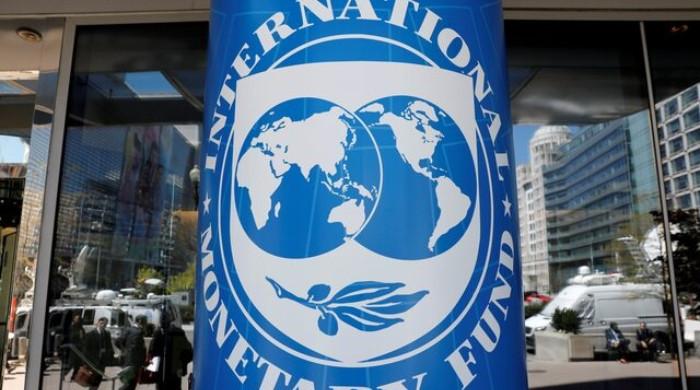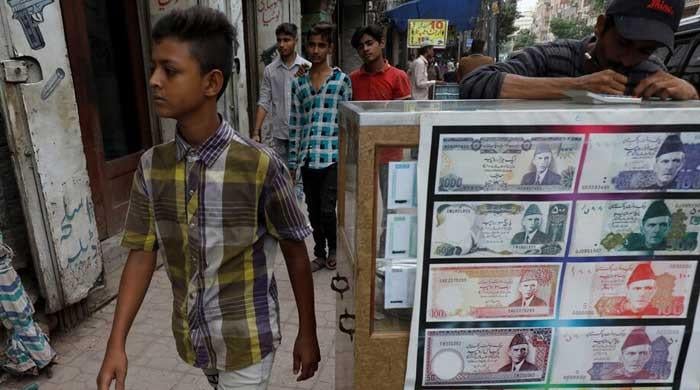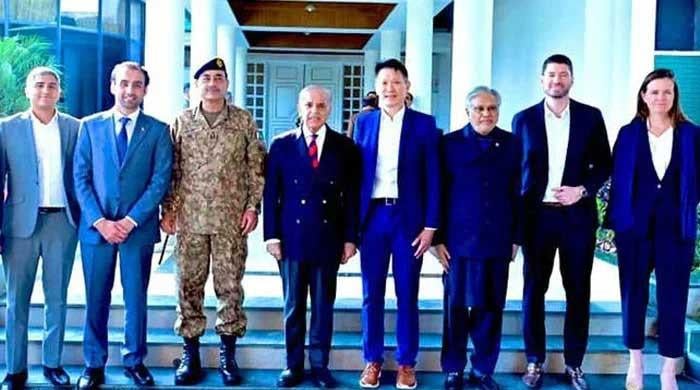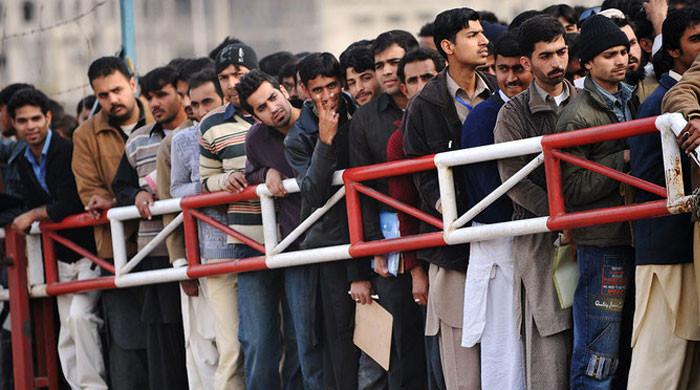A flood in our lives, again
Pakistan is more vulnerable because it has largest reservoir of glaciers outside of polar regions
August 24, 2025
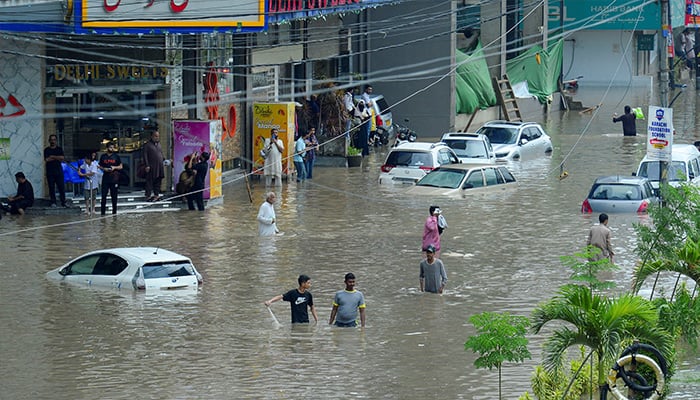
Pakistan was still struggling to comprehend the gravity of the catastrophic floods in Khyber Pakhtunkhwa and the northern areas when Karachi was struck with its first deadly spell of rains. And while the phenomenon of urban flooding was inundating millions of lives, floods caused by overflowing Indus and Chenab rivers were displacing thousands of people in southern Punjab.
On Friday, around 200 people were rescued after a glacier burst in Gilgit-Baltistan and blocked the Ghizer River, threatening downstream areas. A glacial burst or glacial lake outburst flood refers to an outburst of water from a glacial lake, which could lead to severe flooding, effectively blocking or overwhelming rivers in its path.
Pakistan is more vulnerable in this respect because it has the largest reservoir of glaciers outside of the polar regions. A statement from Rescue 1122 explained that “several people have been traumatised after their houses were destroyed”. Earlier, Rescue 1122 said that “a terrible incident of glacier outburst has taken place at Tildas and Rawshan villages in Gupis valley late at night, causing widespread destruction in the downstream”.
How well are we equipped to deal with this crisis, with a specific focus on the extended task of rebuilding and recovery? Given the frequency of such natural calamities in the past, our disaster management and administrative authorities would be expected to have a good grasp of the developing situation. The challenge is astounding and, by and large, the response seems adequate.
But there is no denying that not learning our lessons from any particular experience is almost a national trait. We generally wait for something not entirely unforeseen to happen and then hastily try to put our act together. Incidentally, this reference is more valid for the colossal losses suffered in Buner in the KP province.
On Wednesday, Prime Minister Shehbaz Sharif visited Buner, where he addressed the flood victims to reassure them that all resources would be utilised for their relief and rehabilitation. He seemed really moved by the magnitude of the floods that were triggered by heavy rains and mountain torrents carrying rocks and debris and described it as “a doomsday of sorts”.
“More than 350 of our brothers and sisters have lost their lives in Khyber Pakhtunkhwa alone, while nationwide over 700 lives have been claimed by this tragedy”, he said.
At the same time, he expressed his anger over the fact that lessons had not been learnt from the unprecedented floods of 2022, a terrifying example of what the global spectacle of climate change can do to Pakistan. The 2022 floods had submerged a large part of Sindh.
The point that the prime minister made is quite simple. Why was construction allowed in hazardous areas? Why were hotels and houses built on riverbanks and floodplains? A high-level meeting is now planned to make joint decisions on disaster preparedness, reforestation and regulation of construction.
Naturally, entire populations in the northern areas have been affected by the havoc caused by the floods. A large number of tourists were stranded after mountain roads were blocked by landslides and it took days to clear the debris. Food shortages were also reported in some areas. Communications, as well as daily lives, were severely disrupted.
However, in terms of the actual number of people who were affected by the floods, Karachi alone would take the lead. The story of how the rains paralysed the city of Karachi, particularly on Tuesday, has its own, separate implications. This, the largest congregation of citizens in the country, remains dysfunctional even without a rain emergency. What it becomes when it is flooded is another matter.
In my column last week, I had lamented the waywardness of the traffic in Karachi. What I had not mentioned is the most relevant fact: there are more than four million motorcycles on the city's roads – roads that are left in tatters after any steady rainfall. Most bikers, who refuse to wear helmets, an affront that traffic police are happy to bear, drive crisscross with a skill that would get them jobs in a circus.
However, this thrilling show on Karachi’s congested roads is no laughing matter. The sprawling city, with low-income groups compelled to live in distant settlements, would not be able to survive without these motorcycles, which are often used to transport entire small families. Even with a bike, many of them cannot afford the cost of fuel to maintain low-paid jobs in downtown offices.
This may seem like a diversion, but the plight of Karachiites on a flooded street is unimaginable without motorcycles tangled with other vehicles. Following the heavy downpour in the afternoon on Tuesday, office-goers and students were trapped in a watery jam. Think of a million human stories of suffering and dislocations that are never explored in the media with any professional finesse. We do not have enough insight into how ordinary lives are drowned in a flood of this enormity.
Now, when it comes to learning lessons, how has Karachi fared during this week’s ordeal? Fairly well, I would say, considering the complexities of governance and fragmentation of authority that Karachi has always suffered. It is a city jinxed at many levels, forever on the edge of a breakdown.
In the midst of all this distress and difficulties, there was a silver lining. I am aware of a somewhat organised effort on the part of private institutions and groups in Karachi to provide shelter, facilities and food to stranded citizens. Mosques and madrassas were opened to assist the people.
I have seen reports of good Samaritans appearing on the scene in other places in the northern areas. There have always been people who are committed to social service and who come to the assistance of strangers who are in distress. But it is a very good thing if this sense of community in a crisis situation is further strengthened. We need this empathy at all times. And this is a lesson we need to learn.
Disclaimer: The viewpoints expressed in this piece are the writer's own and don't necessarily reflect Geo.tv's editorial policy.
The writer is a senior journalist. He can be reached at: [email protected]
Originally published in The News




